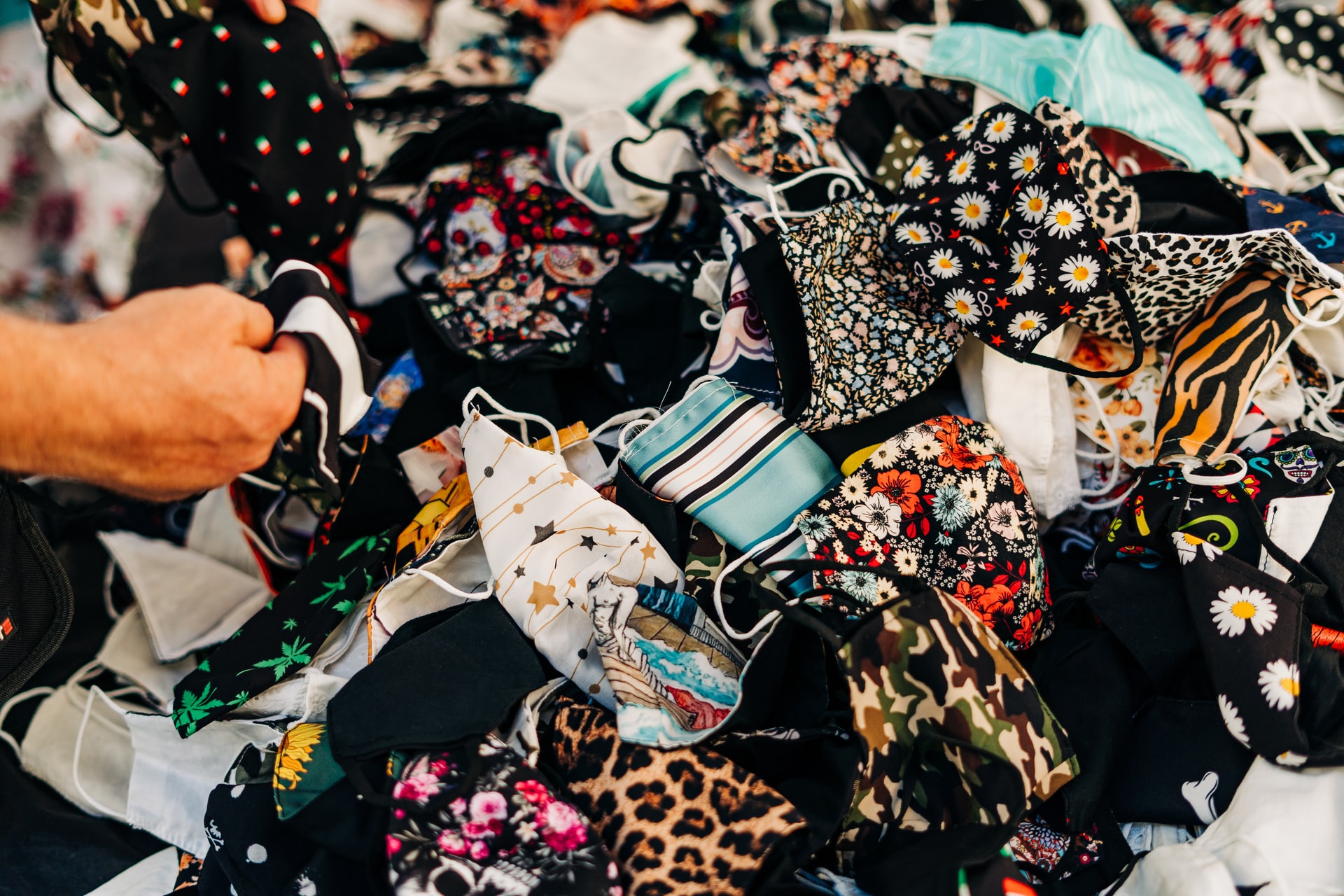

While it may seem like it’s been a decade since you left the house without checking for a mask in your pocket or covering your face, it’s only been seven months since the CDC first recommended them. Back in those days, the CDC emphasized that wearing a mask was less about you and more about protecting the folks around you.
That notion, combined with sometimes confusing messaging about who should get a mask and what kind of masks actually work, the simple act of covering up your nose and mouth became a disputed concept. But as of this week, the CDC has made it clear that wearing a mask is important, not just to protect others, but to protect yourself.
A scientific briefing by the CDC released November 10 notes that not only do masks prevent droplets that leave your mouth from reaching others, but they also reduce the chances that potentially infectious droplets spewing from folks nearby will reach your face and infect you.The best masks are non-medical disposable ones and tightly-woven fabric ones with more than one layer. People should save surgical masks for healthcare professionals, and avoid masks with valves or loosely knit fabric.
“Wearing a mask blocks you from inhaling potential virus-containing particles in the air,” John Brooks, chief medical officer for the CDC’s coronavirus response, told The Washington Post. “But most of the benefit to a mask is to block particles coming out of people who don’t know they are infected from exposing others.”
The messaging here is “key” to upping the number of people who appropriately wear masks whenever possible, tweeted Monica Gandhi, an infectious disease physician at the University of California San Francisco. “Essentially, the CDC tells us that a ‘mask protects others AND you,’” she wrote.
This information comes at a time when case counts are surging to numbers higher than even in the beginning of the pandemic, and the holiday season looms ahead in the midst of uncontrolled spread of the virus in most of the country. In some parts of the midwest, a gathering of even 10 people carries a 50 percent risk of someone with a COVID-19 infection showing up. Some states, like Iowa, are just now requiring and mandating mask wearing—the first time since the beginning of the pandemic.
Universal mask-wearing could save over 100,000 American lives, according to one Nature study. Today, many states still have little or no requirements on mask-wearing.
